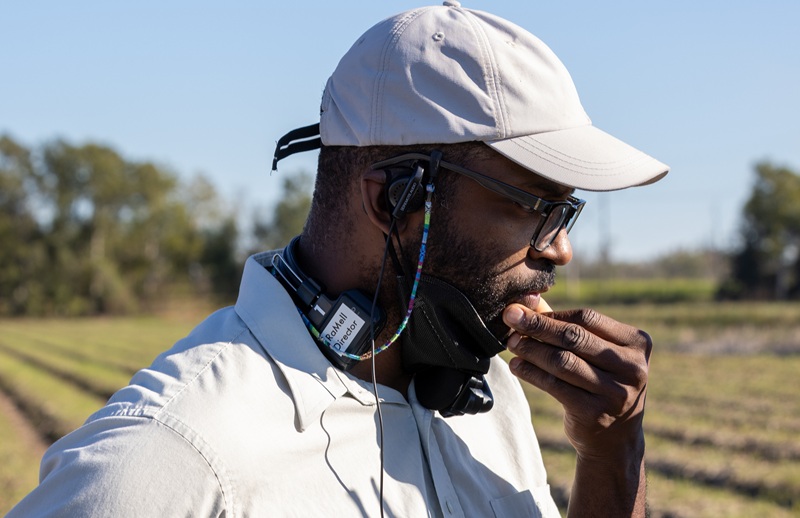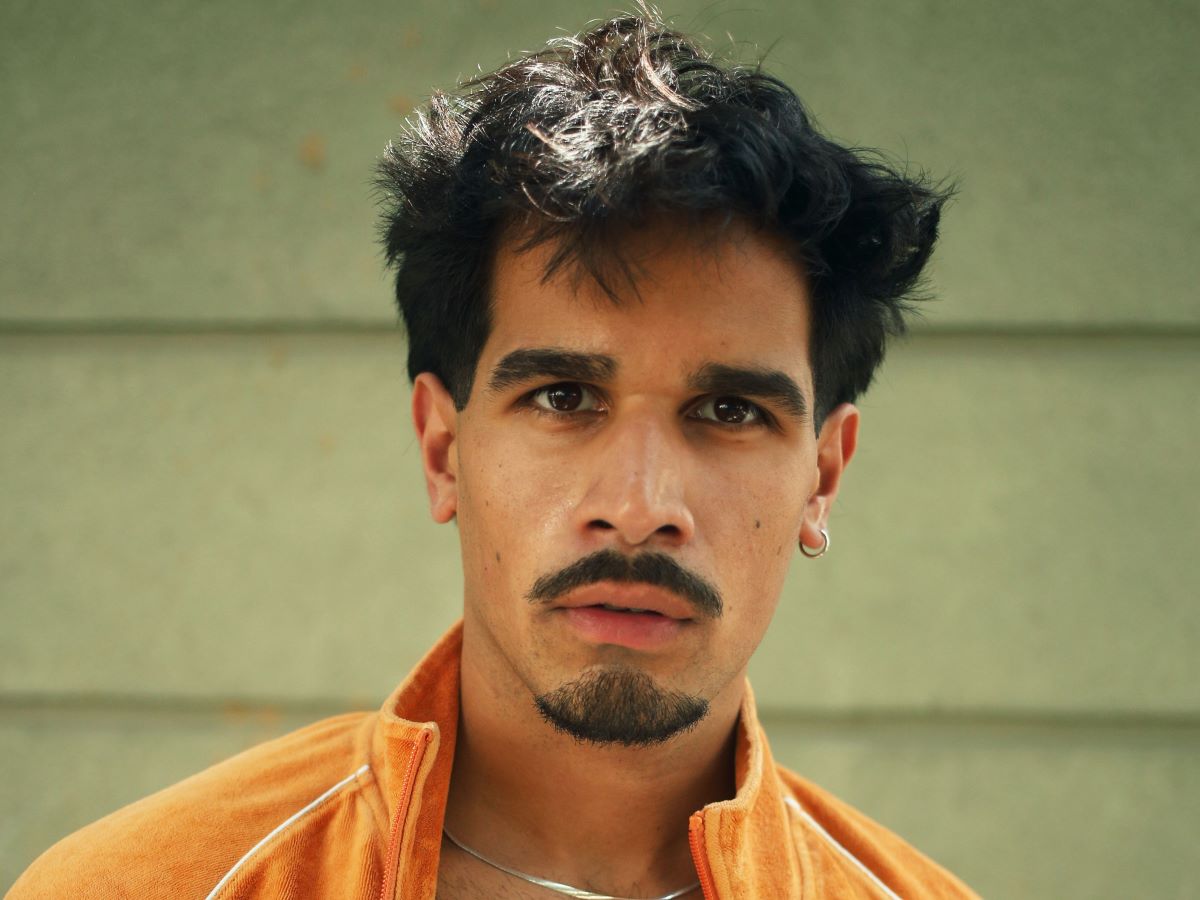Nosferatu review, an artistic twist on the vampire classic
Read the review of Robert Eggers' presentation of the spooky, time-honored tale
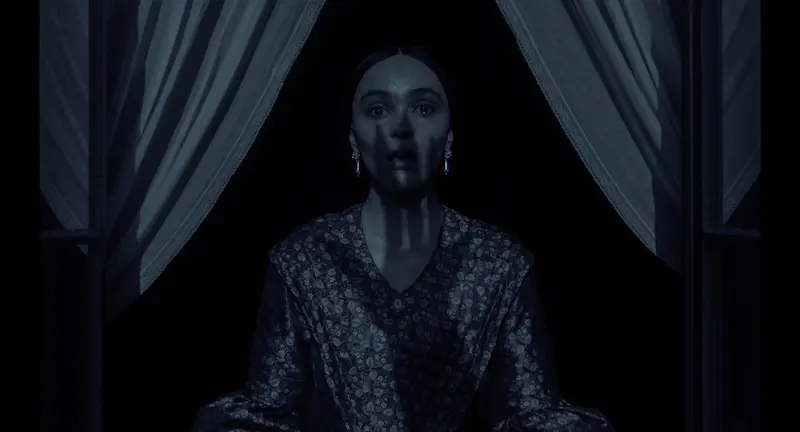
Since The Witch in 2015, director Robert Eggers is damn near batting a thousand. The prevailing darling of dark, art-house cinema contributes to the season’s Holiday cheer by personalizing a lifelong creative desire. He paints this with his own imaginative strokes, touches varying from F.W. Murnau’s 1922 film of the same name, itself an interpretation of Bram Stoker’s seminal novel Dracula. Preying on your senses, this vampire take bares qualities absent in its’ contemporaries, elements of cultural and historical context that enrich without derailing the tempo to do so.
Count Orlok (Bill Skarsgard, IT), is the seemingly ancient lord whose lure petrifies Transylvania and beyond. His plan to purchase an estate in a fictitious German city comes with an irregular demand that bright-eyed real estate agent Thomas Hutter (Nicholas Hoult, The Favourite) travel to his castle to finalize the deal. Fixated by ambition of upward mobility for him and his new wife Ellen (Lily-Rose Depp, The King), he departs on the journey despite her warnings spawned from nightmares. A grueling trek reveals the vampirical Count’s malicious machination. He wishes to satisfy his timeworn appetite of possessing Ellen, whose soul he has haunted for years.
Sculpting a signature style, Eggers conspires with codefendants from his preceding offerings for cinematography, production, and costume design, understanding the artistic aims. Set design was invested in, which the filmmaker notes allowed for the desired camerawork. Before reaching Orlok’s acropolis, we’re given a superb scene in a Romany village where Thomas’ encounter with a band of travelers is ominous of what’s to follow. Suspense is built perfectly, brick by eerie brick. Silhouettes and moonlight are used to leave a hypnotic contrast of lights and darks, underlining the good and evil at play.
Masterful camerawork leaves no details overlooked
The Count’s arrival brings an inconceivable horror to the Germanic port city. Perplexed by Ellen’s condition and the strange happenings, Dr. Sievers (Ralph Ineson), and Thomas’ friend, Friedrich (Aaron Taylor-Johnson) seek the only person who may understand the magnitude of things, Albin Eberhart von Franz, (Willem Dafoe) studied expert on occult matters. His second appearance in a rendition since Shadow of the Vampire, Dafoe’s performance is a binding glue lending assurance. Treating Ellen, von Franz mobilizes the contingent to combat the overcoming plague “more powerful than evil”.
The blindness that accompanies obsession illuminates chinks in Orlok’s arcane armor, portraying a vulnerable, less onerous villain than previous versions. Thankfully, the picture does what all good monster flicks do, not display the entity much at all. Rather than showing its’ hand prematurely, Eggers is delicate with Orlok on screen, letting his menacing voice and startling breathing construct a presence.
If you’ve read other reviews, they’ve surely explained how Henrik Galeen’s 1922 screenplay sparked from Stoker’s book, employing modifications to sidestep copyright issues. They may have rhapsodized how Ellen emerges as the focus, about the social commentary of the period and mistreatment of illnesses, especially when endured by women. That all may be accurate. Boiling down the retold story without getting flowery, the old bag is just a very horny, obsessed vampire. Nosferatu is about lust. The blind desire for what you can’t grasp, whether it be Ellen for Orlok, or prosperity for Thomas, is the theme that snakes between blood sucking, frightening shadows, and mystic folklore. Certainly not another wandering remake, Eggers keeps his streak growing, giving one of the best depictions yet of the infamous phantasma.
© All rights reserved
You Might Be Interested
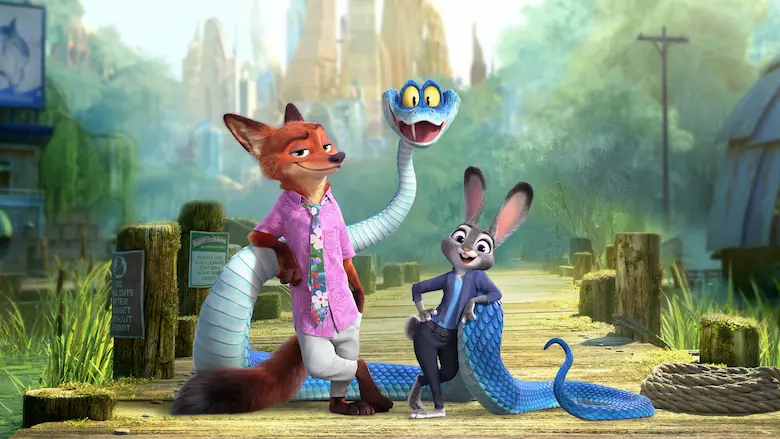
Zootopia 2 review: Disney Animation’s sequel pushes visual boundaries
Proving the first film was no one-trick pony, Disney grabs the bull by the horns for a second amusing animal adventure
-Bufo-(credit)-Max-Smeds.jpg)
Review of Shadowland, the documentary about Richard Stanley
Directed by Otso Tiainen, in competition at the Torino Film Festival
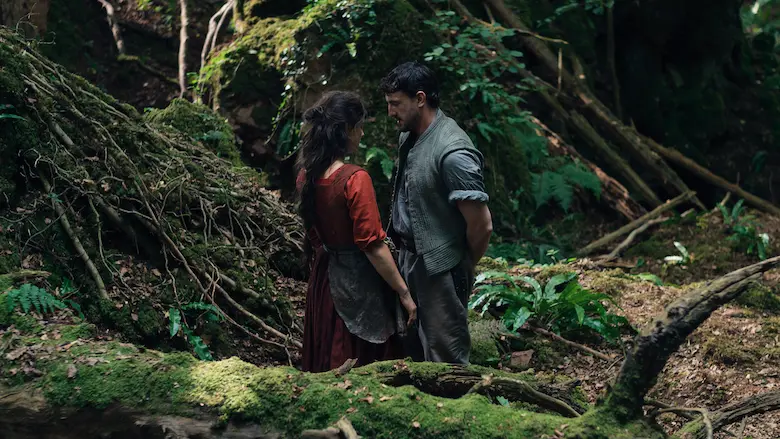
Hamnet review: Metamorphosis in the life of Shakespeare, with Paul Mescal, Jessie Buckley
To be or not to be; director Chloé Zhao answers yes with the story that conceived Shakespeare's seminal Hamlet

Movie review Running Man
The film is a remake of the 1980s cult classic starring Schwarzenegger.
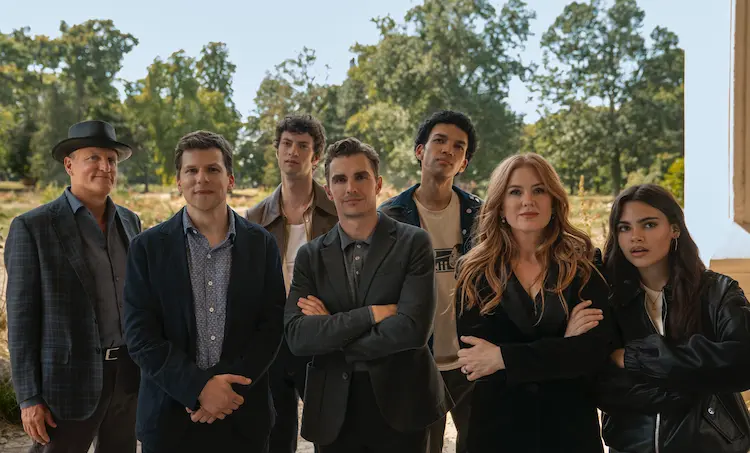
Now You See Me: Now You Don’t; The series’ latest struggles to spellbind
The next stage of the magical mavericks leans on humdrum hocus-pocus to pull Rabbit out a hat at the box-office
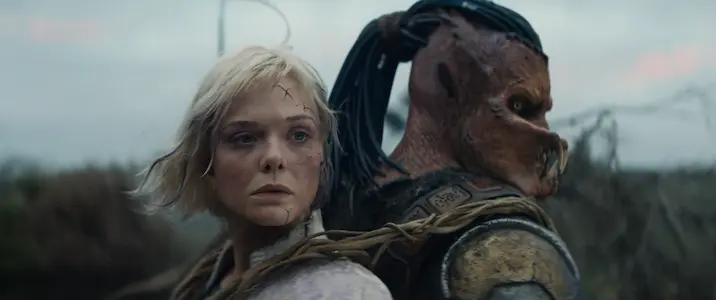
Predator: Badlands reshapes the genre classic in the new movie
A new angle on the unearthly huntsman hopes audiences “Get to the choppa!” and take it straight to the theatre
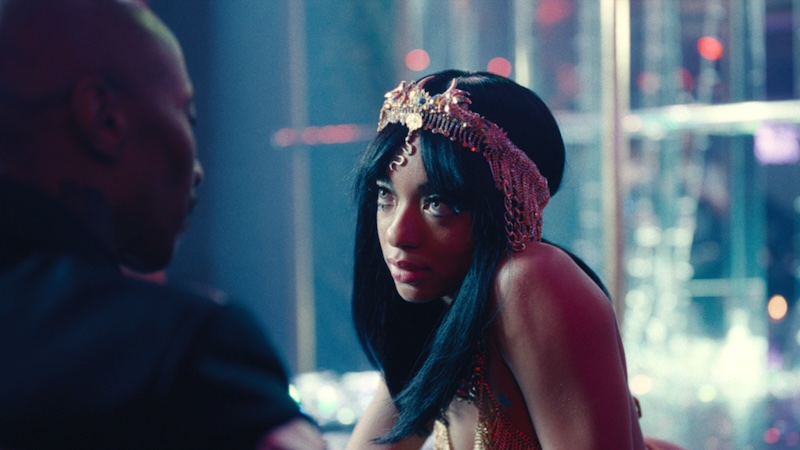
‘Money Talk$’ Brings Grit and Heart to Oscar-Qualified Short
Tony Mucci and David Mazouz’s debut short charts a $100 bill’s journey through a Reagen-era New York.

TRON: Ares, a film review
Disney’s neon narrative starring Jared Leto illuminates the impending relationship with Artificial Intelligence


